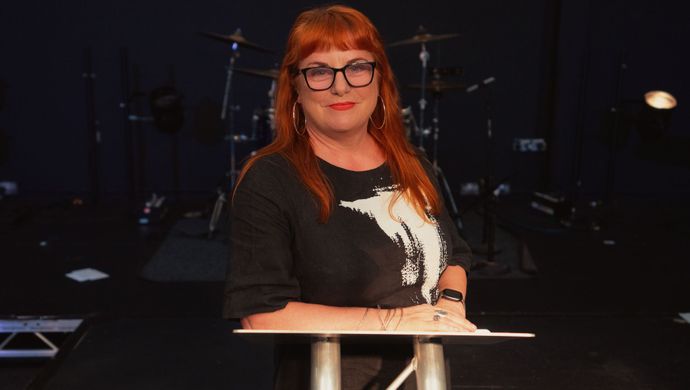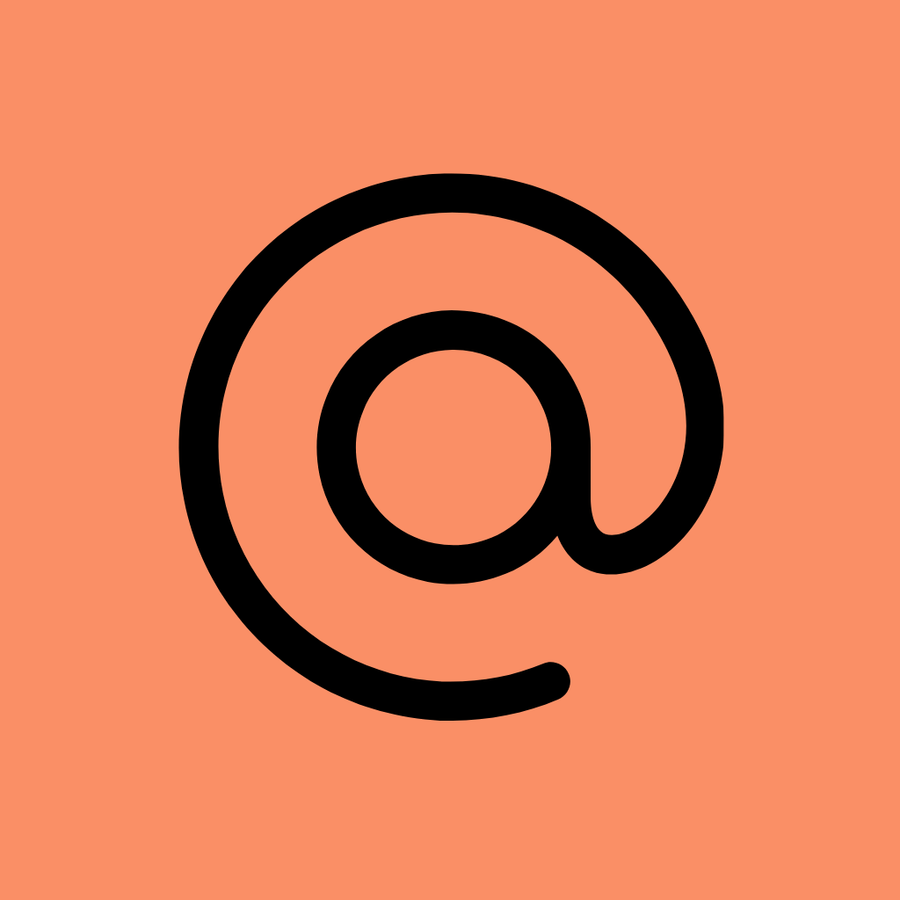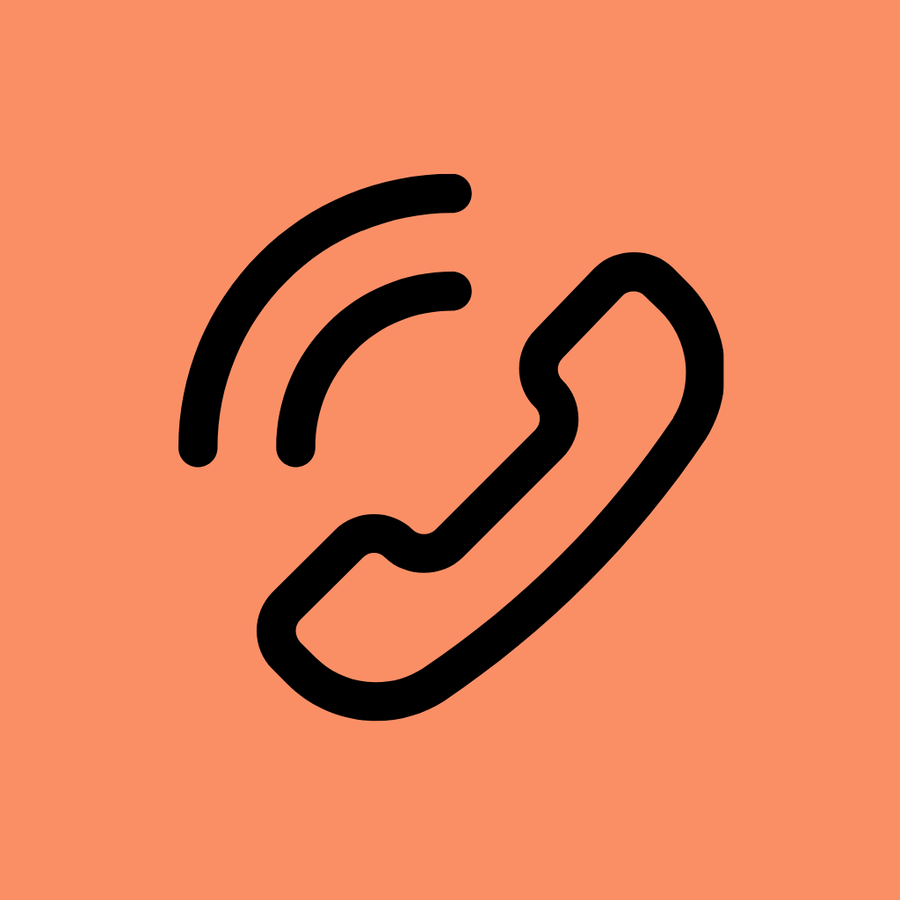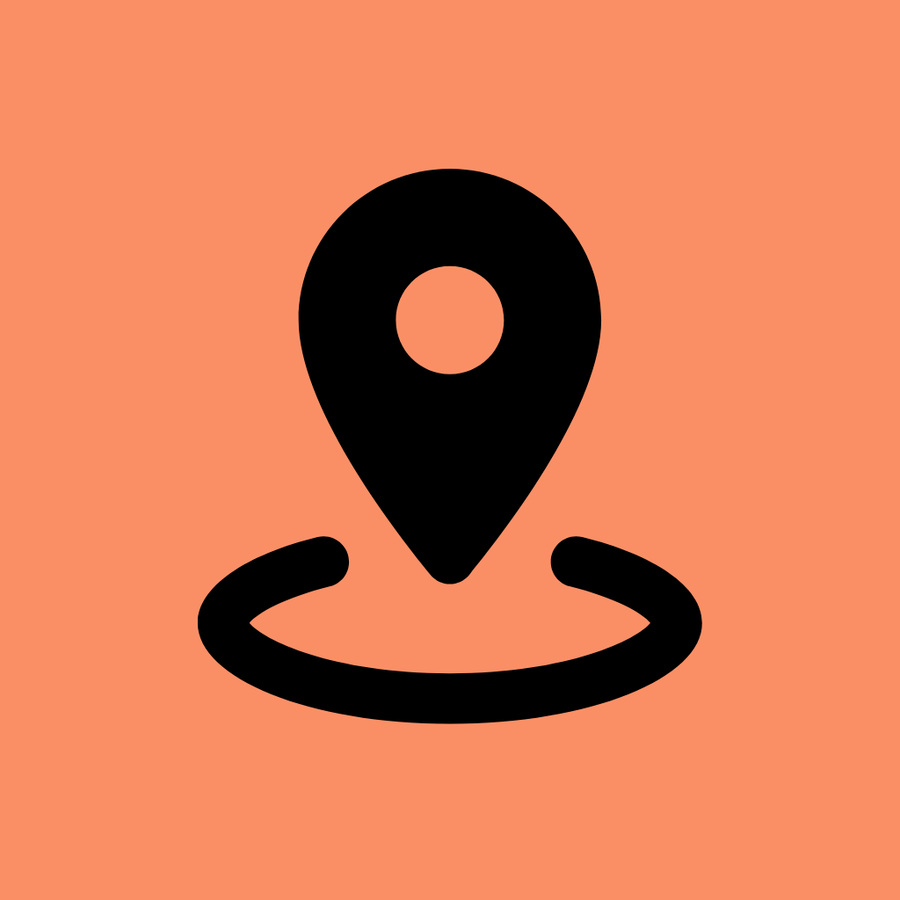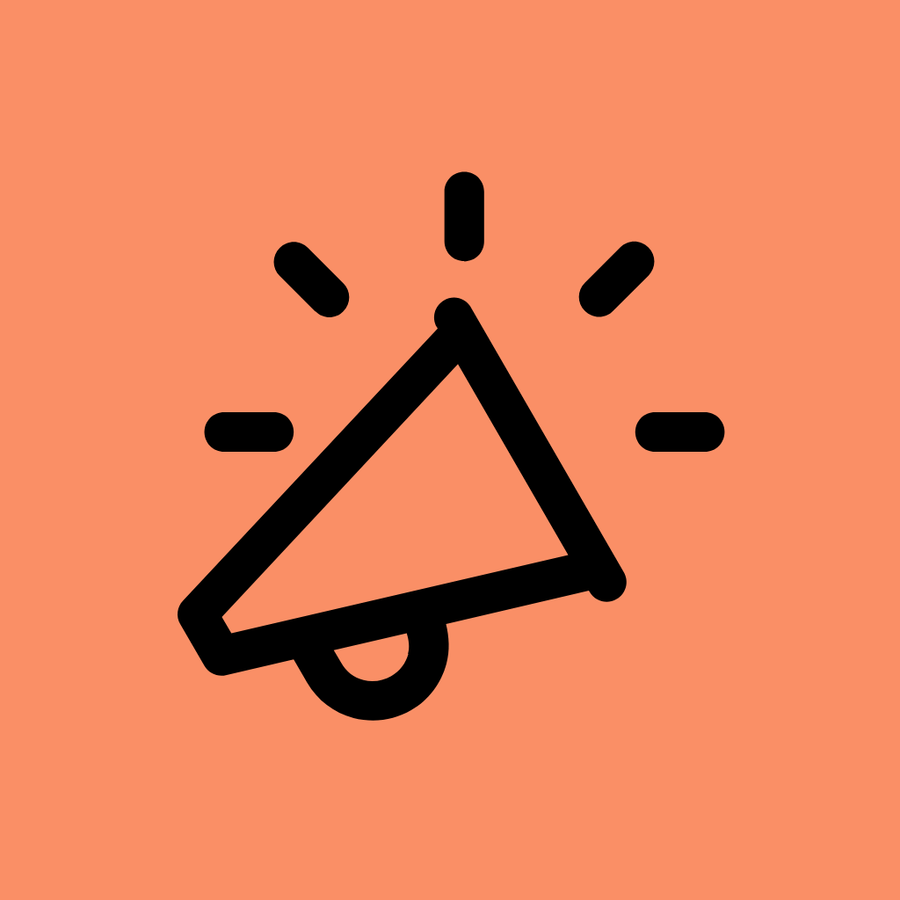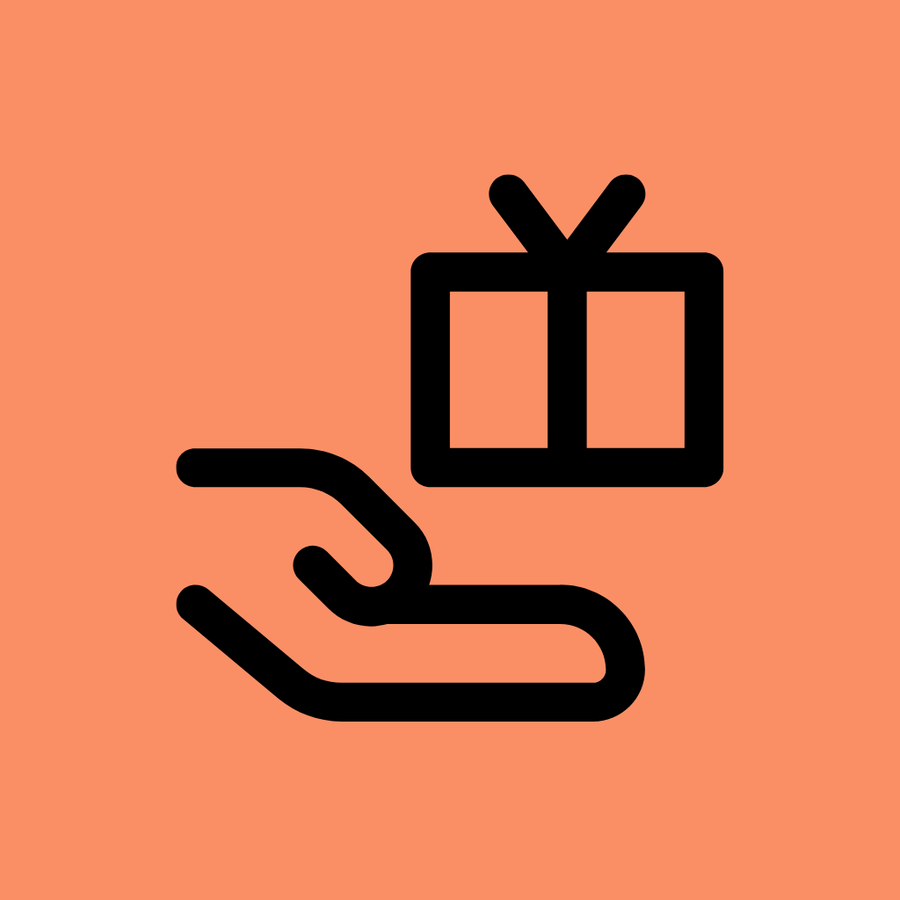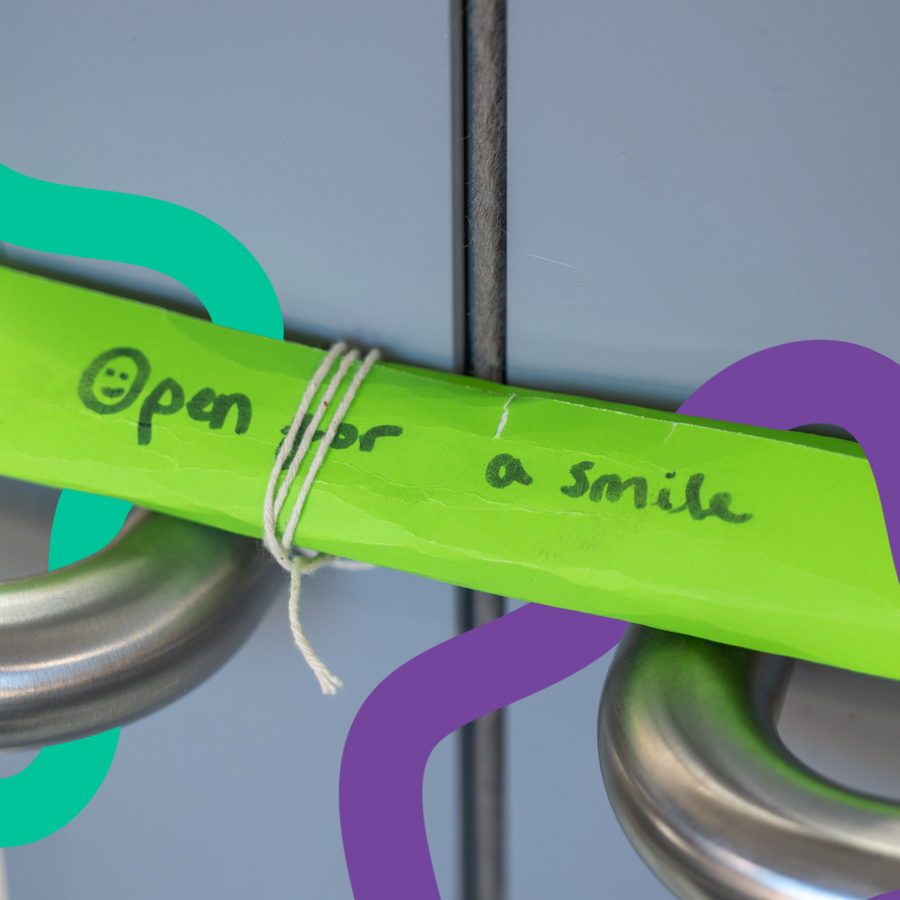
Creating Wellbeing
A blog for World Mental Health Day 2025
Friday, 10 October 2025
Over the last two years, our work through projects such as the Artmark #BeeWell pilot and Rhyme and Reason has shown that creativity and wellbeing are not parallel ambitions. They are inseparable.
Curious Minds' Director of Education & Leadership, Emma Bush, reflects on how, when young people are given space to make, imagine, and express, they find ways to understand themselves, connect with others, and influence the world around them.
Creative wellbeing in schools
For the Artsmark #BeeWell project, funded by Arts Council England, #BeeWell survey data was used as the starting point for youth-led commissioning of arts and cultural interventions. These would address specific needs that had been identified within schools and neighbourhoods.
We asked the question... what happens when schools use specific wellbeing data to commission arts-based interventions?
The answer, in short, was transformation.
Seven secondary schools across Greater Manchester, including two SEND settings, explored how to combine wellbeing insights from the #BeeWell survey with the Artsmark framework to design creative health interventions. The results were as diverse as the young people themselves: Murals, soundscapes, sculpture trails, circus skills, theatre, drumming, graffiti, film, and poetry.
Students trained as RSPH Young Health Champions, becoming advocates for creative health, and using data, dialogue and design to commission art that met the wellbeing needs of their peers. In the process, they didn’t just make art, they made change.
One student told us:
 I feel like I’m making a difference whenever we have a session. Creativity and wellbeing just make sense together.
I feel like I’m making a difference whenever we have a session. Creativity and wellbeing just make sense together.
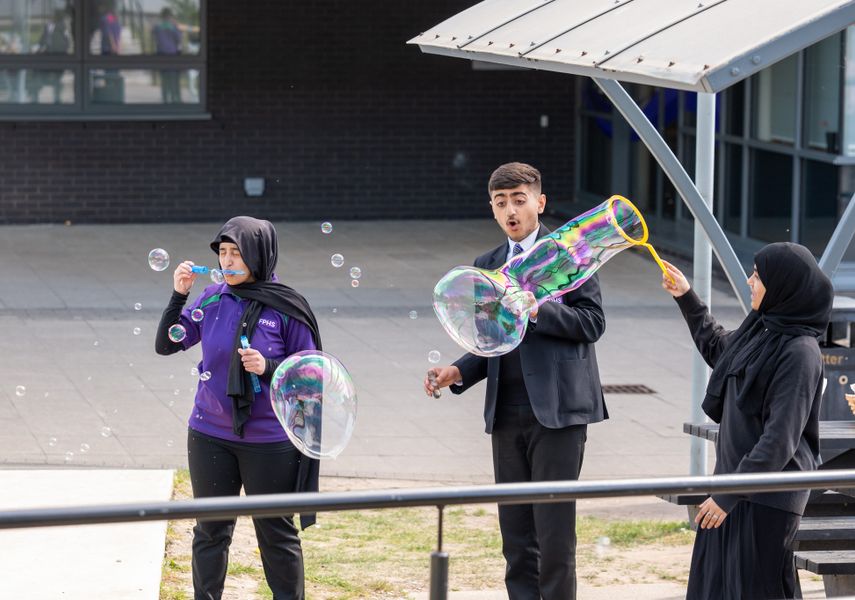
What we learned
Schools reported that creative approaches made wellbeing tangible. Teachers saw growth in students’ confidence, leadership, and empathy. Pupils developed a language for emotion, belonging, and hope.
For teachers and artists, the process built new skills and deeper understanding of how art can be used as prevention and early intervention, not therapy, but education that heals.
Our work with Rhyme and Reason, used the established Arts for the Blues model as a scaffold. Poetry and performance gave young people permission to explore complex feelings safely, to “be brave” and “be yourself,” as one collective poem urged. These small acts of creative courage are the foundations of emotional literacy.
Creative health is leadership
For me, this work reinforces that leading on wellbeing is not about new initiatives, it’s about changing the conditions in which creativity and compassion can coexist.
Schools that embrace creative wellbeing are cultivating a culture where everyone belongs, where teachers and pupils learn with each other and where art becomes a shared language for resilience.
At Curious Minds, we call this creating health. It’s not an add-on; it’s an active ingredient in learning and life.
Looking forward
As we mark World Mental Health Day, I’m proud of the teachers, artists and young people who’ve shown what’s possible when creativity leads the conversation about wellbeing. Their work is a reminder that small, local acts of imagination can create systemic change.
The Steph Lampl Foundation is funding a second year of our Rhyme and Reason programme and we will continue to work with Edge Hill University and University of Salford to develop and test the programme approach. We hope soon to share more about the impact of the work we have been doing in the field of creative health and wellbeing. It will add to an ever increasing body of evidence that the arts and creativity can help address the mental health crisis our children and young people are undoubtedly experiencing.
In a world that feels increasingly fractured, art helps us notice what’s human and heal what’s hurting. Because when we create, we connect, and connection is where wellbeing begins.

